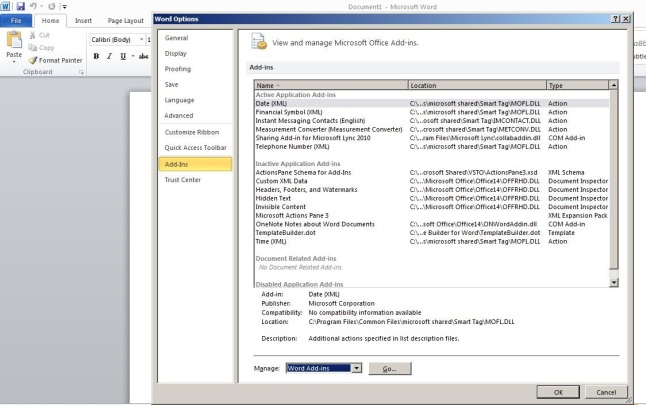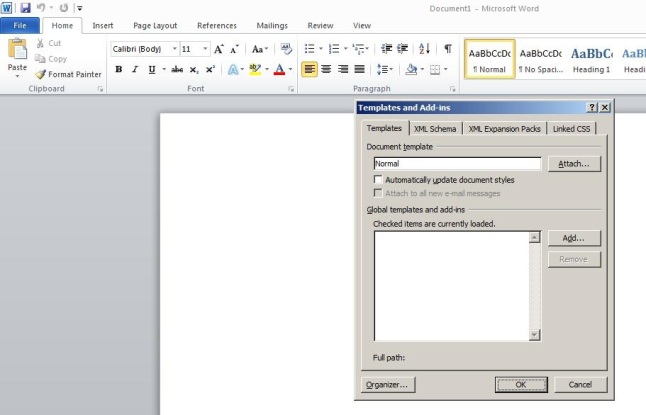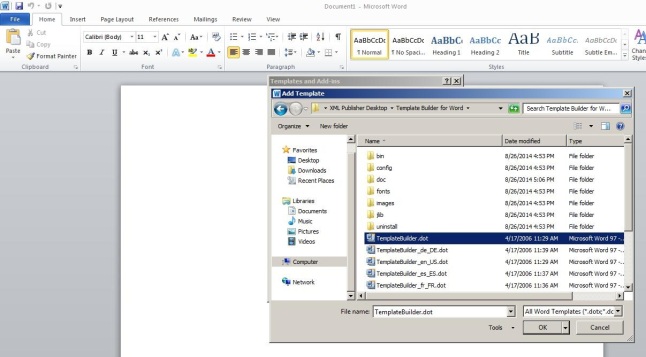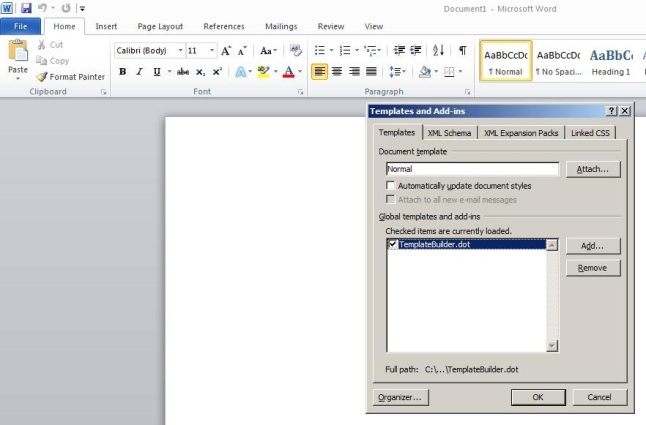- Q: How do you make your own query when you are in forms query mode?
A: You can use a placeholder to achieve this. If you enter a single colon ( : ) in one of your query fields during the Enter Query mode, Oracle Forms Run Query will prompt you to enter the text of SQL Where clause.
- Q: What is concurrent processing?
A: Concurrent processing is a process that simultaneously runs programs in the background (usually on the server rather than your workstation) while working online.
- Q: What is a Concurrent Manager?
A: A Concurrent Manager is a component of concurrent processing that monitors and runs requests while you work online. Once the user submits a request to run the job, the information is stored in the request table. A concurrent manager gets the information from the request table and executes the specified concurrent job.
- Q: What is a request set?
A: A request set is a collection of reports or programs grouped together. Once you submit a request set job, it executes all the programs in a report set sequentially or in a parallel manner as defined in the request set.
- Q: What are the four phases of a concurrent request?
The four phases are as follows: inactive, pending, running, and completed.
- Q: How would you identify the results of the request in the Concurrent View Requests window?
Whenever a concurrent job is submitted, Applications creates a Request ID. You can use this Request ID to view the results.
- Q: What are the profile options? How many levels of profile options are available?
Profile options are set to determine how the applications look and feel. There are four levels of profile options available: site level, application level, responsibility level, and user level. You can have various categories of profile options, such as personal options, system options, auditing profile options, currency options, Flexfield options, online reporting options, personal output viewer options, and user profile options.
- Q: What is a document sequence?
A document sequence assigns unique numbers to the documents (transactions) generated by Oracle Applications. For example, each invoice has its own unique invoice number and each purchasing document has its own unique purchase order (PO) number.
- Q: What are the steps involved in adding a custom program to Oracle Applications?
a)Develop a concurrent program or report.
b)Identify the corresponding executable and register it with the application.
c)Create a concurrent program and its parameters.
d)Add a concurrent program to a request set.
- Q: How do you register a printer?
To add a new printer, go to Install Printer Register.
- Q: What is a Flexfield? How many types of Flexfields exist?
A Flexfield is a field made up of segments. Each segment has an assigned name and a list of valid values. Two types of Flexfields exist: Key Flexfields and Descriptive Flexfields (DFFs).
- Q: What is a Key Flexfield?
A Key Flexfield is a unique identifier that is made up of meaningful segments to identify GL account numbers and item numbers. Key Flexfields are usually stored in SEGMENT1…SEGMENTn database columns.
Some examples would be Item No 34H-AFR-223-112.G and GL Account No:
For an example GL Account, segments could be identified as Organization, CostCenter, Account, Product, Product Line.
- Q: What are the Key Flexfields in Oracle Applications?
The following table lists some of the Key Flexfields available in Oracle Applications.
- Q: What is a Descriptive Flex Field?
A DFF lets you define the custom fields into Oracle Application forms without customizing the program code. DFFs in forms are represented by a “beer mug” field (a single space field enclosed by brackets) that looks like the following symbol: [ ]. They are usually stored in ATTRIBUTE1…ATTRIBUTEn database columns. DFFs can also be used to accept report parameters.
- Q: What types of segments can be set up for DFFs?
Global or context-sensitive.
A value set is a list of values validated against segments. You can create a value set and assign it to a Flexfield segment.
- Q: How many validation types are there?
Six validation types exist:none, dependent, independent, table, special, and pair.
- Q: What are the required and optional steps for setting up Flexfields?
The required steps are as follows: define the value sets, define the structures, and define the values, if needed. The optional steps are as follows: define the security rules, define the cross-validation rules, and define the shorthand aliases, if necessary.
- Q: Can you define cross-validation rules for DFFs?
No, you cannot. You can only define them for Key Flexfields.
- Q: Can a value set be shared between Flexfields?
Yes, value sets can be shared between Flexfields.
- Q: Can a value set be shared within a Flexfield structure?
No, value sets cannot be shared between segments within a Flexfield as long as they do not carry the same type of information. For example, date information can be shared between segments within a Flexfield.
- Q: What are the advanced validation options?
Three types of advanced validation options are available.
$PROFILES$, which references the current value of a profile option. An example would be $PROFILES$.profile_option_name. Block.field, which references the block field. $FLEX$, which refers to the current value of a previously used value set.
An example would be $FLEX$.value_set_name (cascading dependencies).
- Q: What is the next step after defining the segments for Flexfields?
Freezing and compiling the structure.
- Q: What are the steps required to set up value security rules?
Make sure security is enabled, define rules for the value set, and assign rules to the user’s responsibility.
Oracle Alert is an exception reporting system. It keeps you informed on an as-needed basis. It also communicates with other users through e-mail regarding exception messages.
- Q: How many types of alerts are there?
Two types of alerts exist: Periodic Alerts and Event Alerts. Periodic Alerts fire at a time interval, and Event Alerts are fired by database table changes.
Quick Codes, also known as Quickpicks, are standard sets of user-defined values. Lookup is a combination of a code and a description. The lookup tables are generally populated by the scripts located in /install/odf directory.
- Q: What is an Open Interface in Oracle Applications?
Open Interface, also known as the Application Programmer Interface (API), is a process whereby the Oracle Applications are linked with external or legacy systems. Open Interface works as a temporary staging area to load the external information into Oracle Applications tables. Once the data is validated, it sends the information to the permanent tables. Rejected transactions can be corrected and resubmitted.
- Q: Which schema has complete access to the Oracle Applications data model?
The APPS schema. AutoInstall automatically sets the FNDNAM environment variable to the name of the APPS schema.
- Q: What is the top directory in Oracle Applications?
- Q: What is a product top directory?
It starts with the product shortname and is suffixed with TOP, such as TOP. For example, General Ledger’s top directory is GL_TOP.
- Q: What are the log and output directory names for a product group?
The product group environment file sets the APPLLOG variable to log and APPLOUT to out. For example, the output directory for General Ledger is $GL_TOP/$APPLOUT. For log, it is $GL_TOP/_$APPLLOG.
- Q: What data dictionary tables do you use to obtain detailed information regarding?
You can write a query by joining the FND_TABLE and FND__COLUMNS tables. FND_INDEXES and FND_INDEX_COLUMNS tables are part of the data dictionary. All the FND_ table names are self-explanatory.
- Q: What are the primary underlying tables for concurrent processing?
FND_CONCURRENT_PROGRAMS, FND_CONCURRENT__REQUESTS,
FND_CONCURRENT_PROCESSES, and FND__CONCURRENT_QUEUES tables.
- Q: What are the primary underlying tables for Flexfields?
FND_DESCR_FLEX_CONTEXTS, FND_FLEX_VALIDATION__RULES,
FND_FLEX_VALUE_SETS, FND_ID_FLEXS, FND_ID__FLEX_SEGMENTS, and FND_ID_FLEX_STRUCTURES tables.
- Q: What is the primary underlying table for AOL QuickCodes?
- Q: What is the application dummy table used by a form block?
- Q: What is the main underlying table for Profile Options?
FND_PROFILE_OPTIONS table.
- Q: What are the main prerequisites for creating a custom application or responsibility?
Set up a directory structure for a custom application, and define an environment variable that translates to your application base path.
- Q: What are the WHO columns?
WHO columns are used to track the changes to your data in the application tables. WHO columns exist in all Oracle Applications standard tables. The following five are considered WHO columns:
- Q: Do I need to have WHO column information in custom forms?
Yes. It is strongly recommended to add WHO columns to the custom tables and call standard API, FND_STANDARD.SET_WHO in PRE-INSERT, and PRE-UPDATE triggers in each block of the form. Also, specify these fields as hidden in each block of the form.
- Q: What are the additional WHO columns used for concurrent programs?
Concurrent programs use all the following WHO inncluding the following four.
- Q: Can you disable the WHO columns’ information in a form block?
Yes. You can disable HELP -> ABOUT THIS RECORD information within a block. Call the following procedures in a block level WHEN-NEW-BLOCK-INSTANCE
Trigger:app_standard.event(‘WHEN-NEW-BLOCK-INSTANCE’);
app_standard.enable(‘ABOUT’,’PROPERTY_OFF’);
- Q: How do you register your custom tables in PL/SQL?
You can use AD_DD package to register custom tables in PL/SQL.
- Q: How do you define the passing arguments in SQL/PLUS and PL/SQL concurrent programs?
You must name your passing arguments as &1, &2, &3 and so on.
- Q: How do you call your custom reports from a form?
You can call your custom Oracle reports in a form using the
FND_REQUEST.SUBMIT_REQUEST procedure.
- Q: What is a template form?
A template form is a starting point for the development of custom forms. Copy the Template.fmb file from $AU_TOP/forms/US directory to your local directory and rename it.
- Q: Which libraries are attached to the template form?
The following main libraries are directly attached to the template form.
APPCORE contains packages and procedures for standard menus, toolbars, and so on. APPDAYPK contains a calendar package. FNDSQF contains packages and procedures for Flexfields, concurrent processing, profiles, and a message dictionary.
A calendar is an object that lets you select the date and time. It is automatically included in the template form. A Calendar package example would be calendar.show.
- Q: Which template form triggers require some modifications?
The ACCEPT, FOLDER_RETURN_ACTION, KEY-DUPREC, KEY-MENU, KEYCLRFRM, ON-ERROR, KEY-LISTVAL, POST-FORM, PRE-FORM, QUERY_FIND, WHEN-NEW-FORM-INSTANCE, WHEN-NEW-BLOCK-INSTANCE, WHEN-NEWRECORD-INSTANCE, and WHEN-NEW-ITEM-INSTANCE triggers.
- Q: Which template form triggers cannot be modified?
The CLOSE_WINDOW, EXPORT, FOLDER_ACTION, KEY-COMMIT, KEY-EDIT, KEY-EXIT, KEY-HELP, LASTRECORD, WHEN-WINDOW-CLOSED, WHENFORM-NAVIGATE, and ZOOM triggers.
- Q: What are the main template files for Pro*C concurrent programs?
The main template files are EXMAIN.c and EXPROG.c .
- Q: What is the Oracle-recommended application short name for extensions?
Oracle recommends an application short name begin with XX. As an example, extensions to Oracle Purchasing would be XXPO.
- Q: Where do you maintain the list of your custom programs?
All custom programs should be listed in the applcust.txt file. This file is located in the $APPL_TOP/admin directory. When you apply the patches, Oracle Applications uses this file for informational purposes.
- Q: What are the steps involved in modifying an existing form?
First, you identify the existing file and then you copy the file to a custom application directory, making sure to rename it. You then make the necessary modifications, generate the form, and document it in the custom program list using applcust.txt file.
- Q: Where do you maintain database customizations?
You can maintain all your table changes by creating a new schema. You can use your custom application short name (such as XXPO) as your Oracle schema name for easy identification. The new schema must be registered in the Oracle AOL.
- Q: Can you create extensions to Oracle Applications without modifying the standard form code?
Yes. This can be done using the CUSTOM library, which is an Oracle Forms PL/SQL library. You can integrate your custom code directly with Oracle Applications without making changes to your Oracle Applications forms code. The CUSTOM library is located in the $AU_TOP/res/plsql directory. Once you write the code, you compile and generate the CUSTOM procedures to make your changes.
- Q: When do you use the CUSTOM library?
You can use the CUSTOM library in a variety of cases. You can use it to incorporate Zoom logic, logic for generic events, logic for product-specific events, and to add entries for the special menu.







